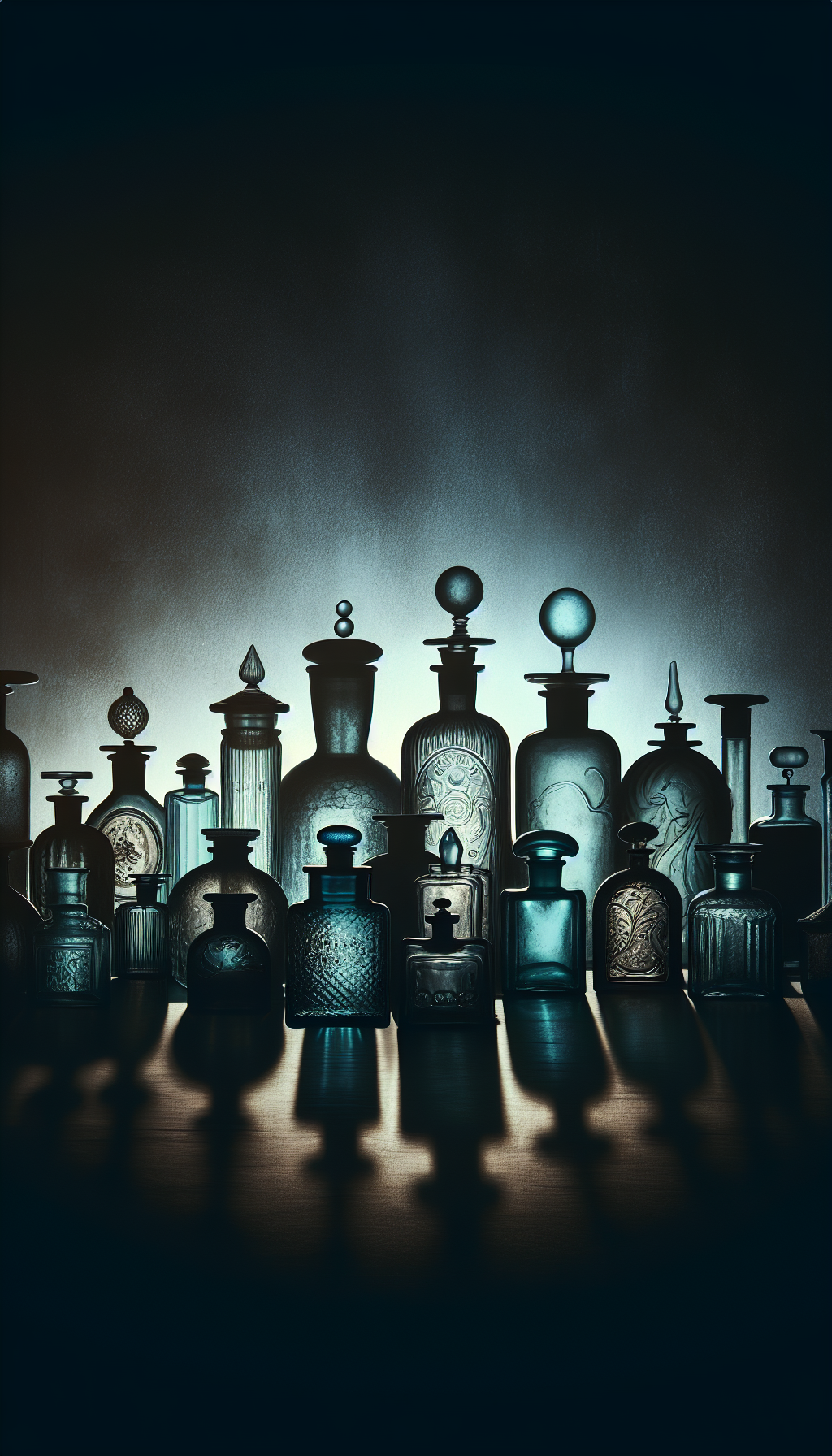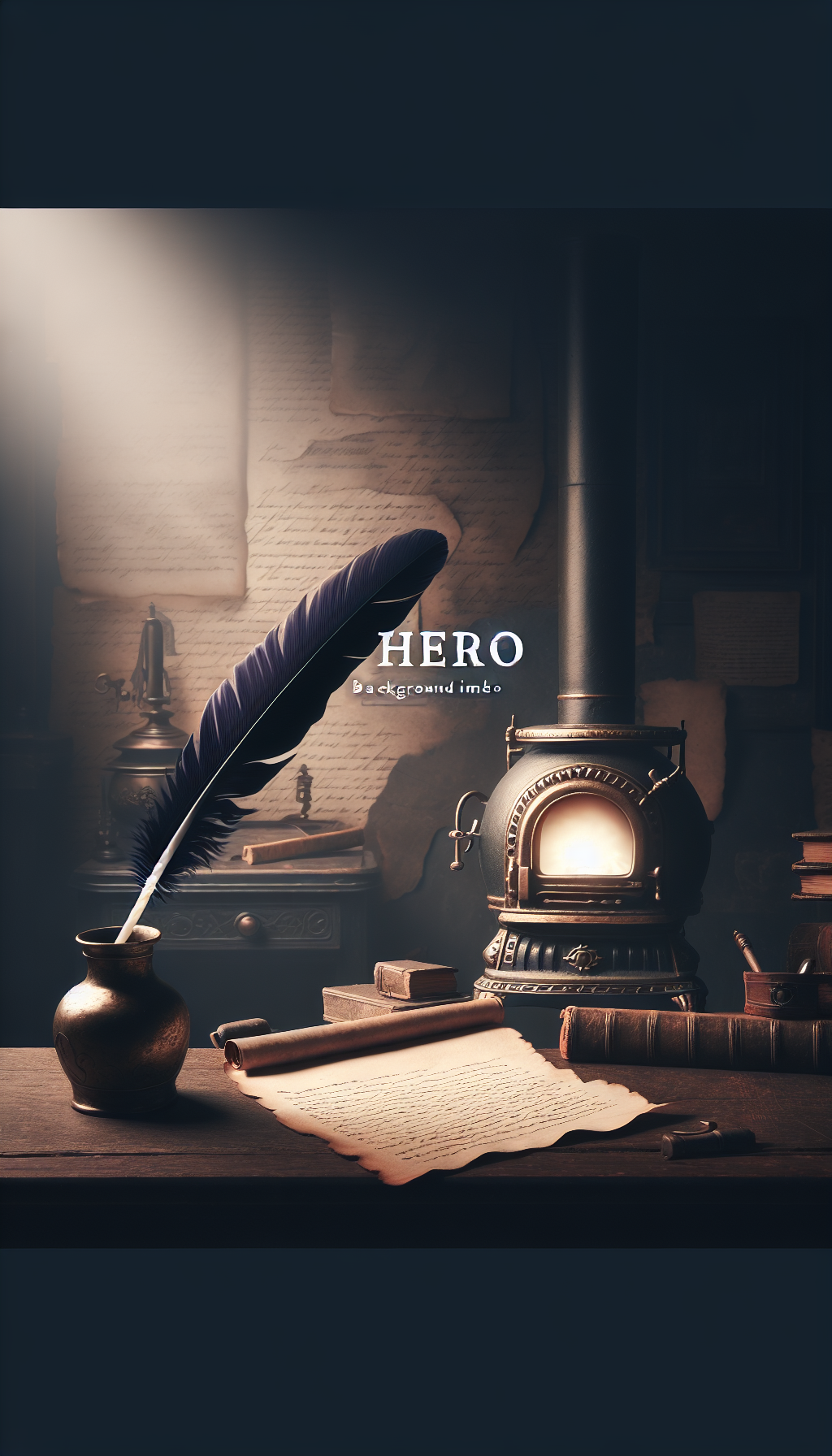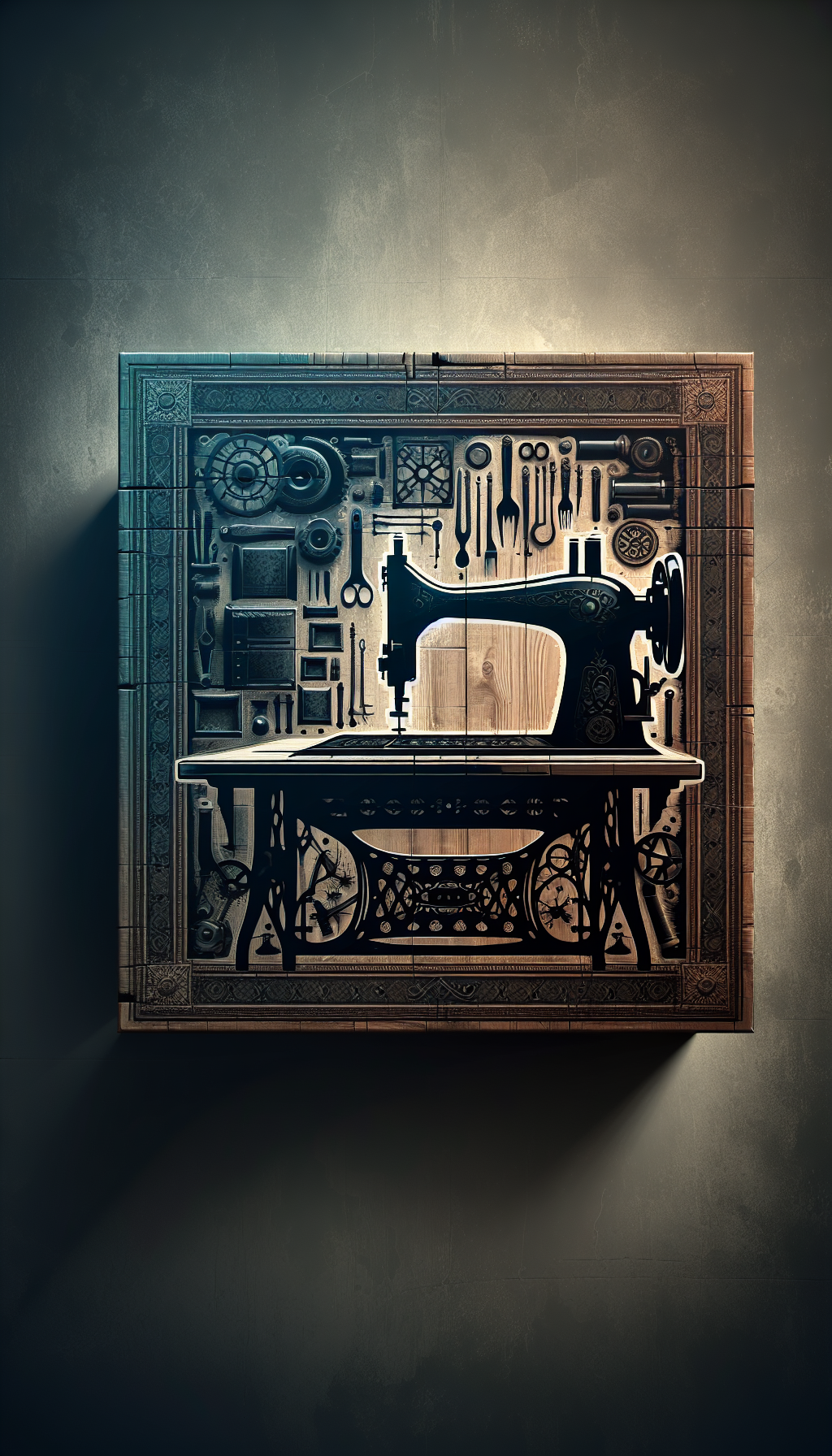Marc Chagall Glicee Print The Red Bouquet Of Flowers
A flood of listings describe a “Marc Chagall giclée print The Red Bouquet of Flowers,” often with vague titles, grand claims, and glossy certificates. If you collect or appraise works on paper, the key is to separate reproduction giclées from original Chagall prints and posters, and to understand how the floral “Red Bouquet” motif appears across his oeuvre. This guide focuses on identification, market reality, and care—so you can document your piece accurately and set reasonable expectations.
What collectors mean by “giclée” (and what it is not)
- Giclée defined: A giclée is a modern inkjet reproduction printed with pigmented inks, typically on cotton rag paper. It’s a high-quality reproduction, not an original printmaking process.
- Chagall’s original print media: Chagall (1887–1985) created original lithographs, etchings, and aquatints, many printed by the famed Mourlot studio in Paris. These were editioned, often hand-signed in pencil, and are documented in catalogues raisonnés.
- Timing matters: Chagall died before giclée technology became standard in the art market. That means any “Chagall giclée” is a posthumous reproduction of an existing composition—at best a licensed reproduction, at worst an unauthorized copy.
- Signatures: A giclée can carry a printed (facsimile) signature within the image. A hand-signed Chagall giclée is not plausible; lifetime pencil signatures exist on original lithographs and some exhibition posters, not on inkjet reproductions.
- Editioning: Giclées may be marketed as “limited editions” (e.g., 250 or 500). These edition numbers do not confer the status or market desirability of original Chagall editions produced by stone lithography or intaglio during his lifetime.
Bottom line: A giclée of a Chagall subject is decorative and collectible to some, but it is not an original Chagall print and should be valued accordingly.
About “The Red Bouquet of Flowers”: motifs, titles, and legitimate editions
- Bouquet theme: Bouquet imagery—often exuberant, floating arrangements with lovers, roosters, or village motifs—is central to Chagall’s aesthetic. A “red bouquet” is a recognizable Chagall subject, but sellers use multiple English titles for similar compositions.
- Variable English titles: You will encounter “Le Bouquet Rouge,” “Bouquet de Fleurs,” “The Red Bouquet,” and “Red Bouquet of Flowers.” These are descriptive translations. To identify an exact original print, you need a catalogue reference, publisher, and year.
- Where legitimate prints appear:
- Original lithographs published by Maeght Éditeur and printed at Mourlot, commonly on Arches paper with watermarks. These may appear in multi-volume catalogues of Chagall lithographs (Mourlot/Sorlier).
- Exhibition posters (lithographic or offset), sometimes printed at Mourlot with printer/publisher credits in the lower margin. A subset were hand-signed by Chagall; most were not.
- Illustrated book plates (e.g., Derrière le Miroir/“DLM” issues by Maeght). These are original lithographs but typically unsigned and unnumbered, sometimes with a central fold if bound.
- Red flags in giclées: Listings that inflate the title (“museum giclée,” “estate signed,” “limited edition master print”) without a printer’s credit, publisher, date, or catalogue number usually signal a reproduction marketed with aspirational language.
If your piece is described as a giclée, it is almost certainly a modern reproduction of a Chagall bouquet subject, whatever variant of “Red Bouquet” the seller uses.
How to identify your print: signatures, paper, and printing clues
Start with a methodical inspection. The goal is to determine: 1) printing process, 2) whether there is a lifetime pencil signature/edition, and 3) whether the paper and margins align with known Chagall publications.
- Signature and edition markings:
- Original Chagall prints are commonly pencil-signed “Marc Chagall” lower right, with the edition fraction (e.g., 47/75) lower left. In French, you may see “E.A.” (épreuve d’artiste), “H.C.” (hors commerce), or “epreuve d’essai” notations.
- A signature within the image (the “plate signature”) is common on posters and reproductions; it is not a hand signature.
- Hand-signed Chagall giclées should be treated as suspect; verify with high-magnification comparison against known authentic signatures.
- Printer and publisher credits:
- Mourlot-based works often carry “Mourlot” or “Imprimerie Mourlot” in the lower margin; Maeght or “Maeght Éditeur” may also appear.
- Poster editions include specific credits and sometimes a date and exhibition venue in the margin. Missing credits can indicate later reproduction.
- Paper and watermarks:
- Original lithographs and many posters were printed on papers like Arches or BFK Rives with watermarks (e.g., “Arches France”). Hold to light to check for a watermark on an untrimmed margin.
- Giclées are frequently printed on modern cotton papers that may also be Arches or Hahnemühle stocks, sometimes with watermarks. Paper alone is not enough—correlate with process clues.
- Printing process under magnification:
- Lithography (Mourlot): Color areas appear as continuous tones with subtle grain; no uniform CMYK dot grid. Edges of color can show slight overlap/registration marks under magnification.
- Offset poster: Regular halftone dots in a rosette pattern under 10x loupe.
- Giclée: Microscopic, irregularly placed ink droplets. You may see fine “banding” in even color fields and no rosette pattern.
- Surface and plate clues:
- Etchings/aquatints (less common for bouquet motifs) show a plate impression (a beveled rectangular “plate mark”) and may have slight embossment. Lithographs do not have a plate mark.
- Format and margins:
- DLM sheets often have a central fold; trimmed margins reduce value.
- If the image bleeds to the sheet edge with no margins, it is more likely a reproduction or poster unless you can match a known full-bleed edition.
- Verso and labels:
- Gallery labels, old framer tags, or auction stickers can be helpful but are not proof of authorship. Document them photographically.
Quick appraisal checklist
- Confirm the process: loupe for halftone rosette (offset), irregular inkjet dots (giclée), or continuous litho grain (original).
- Check for pencil signature and edition numbers in the lower margin; verify handwriting against known examples.
- Look for printer/publisher credits (Mourlot, Maeght) and a publication date.
- Inspect for a watermark on untrimmed margins (e.g., Arches); correlate with known paper use for the specific work.
- Measure image and sheet size; compare to documented sizes of authentic editions or posters.
- Review condition: light-fade, mat burn, foxing, cockling, tears, and trimming.
- Gather provenance: invoices, old catalogs, prior appraisals, auction results for the exact edition (not “similar”).
Market realities: value ranges and what drives them
- Giclée reproductions:
- Typical retail: Often marketed between $100 and $1,500 depending on size, framing, and gallery markup. Secondary-market resale is generally modest.
- Factors: Image popularity (bouquets are desirable decoratively), size, paper quality, and whether the reproduction was licensed. Certificates of authenticity from a print-on-demand publisher do not elevate the category beyond reproduction.
- Original lithographs (lifetime, signed and numbered):
- Typical auction ranges: Low five figures for many color lithographs with strong imagery; important compositions can exceed that. Exact values depend on edition size, subject, date, and condition.
- Lithographic posters:
- Unsigned posters: Commonly a few hundred to a few thousand dollars depending on rarity, condition, and whether printed at Mourlot.
- Hand-signed posters: Significantly higher, though still usually less than signed, limited-edition original lithographs.
- Illustrated book plates (e.g., DLM):
- Often hundreds to low thousands, depending on imagery and condition. Fold lines, trimming, or toning reduce value.
Value drivers to weigh:
- Authorship and process (original lithograph vs reproduction).
- Signature and edition authenticity.
- Condition and color freshness (reds can be sensitive to light).
- Provenance and documentation.
- Market comparables for the exact catalogue entry, not a broad “bouquet” category.
Caution: A reproduction titled “Red Bouquet of Flowers” cannot be legitimately compared in price to a signed Mourlot lithograph with similar imagery. Always anchor comparisons to the same process and edition.
Care and conservation: protecting works on paper
- Framing: Use archival, acid-free mats and backing; hinge with Japanese paper and wheat/starch paste. Avoid pressure-sensitive tapes.
- Glazing: UV-filtering acrylic or glass (at least 99% UV protection). Keep works out of direct sunlight and strong artificial light; target display light levels around 50–150 lux.
- Environment: Stable temperature and humidity (ideally 18–22°C/64–72°F, 40–55% RH). Avoid walls with exterior exposure that fluctuate seasonally.
- Storage: Flat, in archival sleeves or between acid-free boards; no PVC. Interleave with unbuffered archival tissue, especially for hand-colored or sensitive media.
- Handling: Clean, dry hands or cotton gloves; support the entire sheet to prevent creasing.
Even purely decorative giclées benefit from proper framing—fading and paper embrittlement will still diminish enjoyment and any residual value.
FAQ: Marc Chagall giclée “Red Bouquet of Flowers”
Q: Is a Marc Chagall giclée of “The Red Bouquet of Flowers” an original print? A: No. A giclée is a modern inkjet reproduction of an existing composition. Original Chagall prints include lithographs, etchings, and aquatints, typically produced and editioned during his lifetime.
Q: Could a giclée be hand-signed by Chagall? A: Chagall died in 1985, before giclées were common. A pencil signature on a giclée is highly suspect. Many reproductions include a printed (facsimile) signature within the image; that is not a hand signature.
Q: How do I tell a Mourlot lithograph from a giclée? A: Use a 10x loupe. Mourlot lithographs show continuous tonal grain without a CMYK rosette; giclées show irregular micro-droplets and may exhibit banding. Look for Mourlot/Maeght credits, appropriate paper watermarks, margins, and pencil signature/edition.
Q: What is a fair price for a Chagall “Red Bouquet” giclée? A: As a reproduction, typical retail ranges from about $100 to $1,500 depending on size and framing. Market value on resale is often lower. Do not compare with signed, limited-edition Chagall lithographs, which can achieve much higher prices.
Q: I have a bouquet lithograph with a central fold. Is it inferior? A: Likely it’s from a Derrière le Miroir issue. Those are original lithographs intended to be bound; a fold is expected and not necessarily a defect if original and untrimmed. Condition still matters.
Final note for appraisers and sellers: Title inflation is common. Anchor your appraisal to a precise identification—process, publisher, paper, and catalogue reference—before assigning value. For buyers, if you want investment-grade Chagall prints, focus on documented Mourlot/Sorlier entries with lifetime signatures and proven provenance. For a decorative piece, a well-framed giclée can be satisfying—just make sure it’s marketed for what it is.




